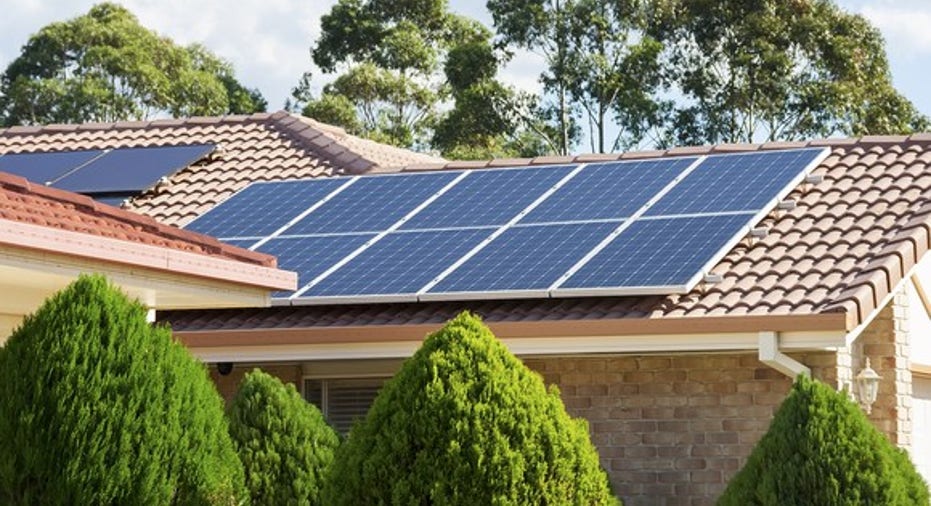Can the White House Make Solar Energy Affordable For Everyone?

Image source: Getty Images.
Solar energy has become so cheap that it can save customers money, whether it's on a roof, in a field, or in the middle of the desert. But millions of Americans still don't have access to these savings because they don't own homes (myself included) or don't have the credit needed to get their own solar systems.
A new initiative out of the White House is trying to change that dynamic and bring 1 GW, or enough to power 164,000 homes, to low and moderate income families by 2020. And it could help open an important market in the solar industry.
The Clean Energy Savings For All Initiative
The White House's plan to unlock solar energy for low to medium income people and veterans ties into a lot of the programs already in place for these groups. One key extension is guidelines that extend FHA mortgage insurance to PACE (Property Assessed Clean Energy) assessments.
Image source: Getty Images.
In short, the assessment for solar put on homes with FHA mortgage insurance will pass to the new homeowner, which should help lower the cost of going solar for these homeowners. The same PACE-financed home rights will be extended to veterans using VA Home Loan Guaranty benefits.
Potentially even more beneficial for low to medium income Americans and veterans will be the growth of community solar, something the White House is trying to grow across the country. For now, the plan is just for a Community Solar Challenge, which will award $100,000 to teams in "dozens of communities" to develop models for the community solar business model. If successful, fairly large solar plants could be built in open spaces, with the energy then being sold to community buyers at a lower price than the utility charges. It's like virtual rooftop solar savings.
Who energy for all could impact
As a U.S.-based initiative, I think there are four companies this could impact positively over the next four years. On the residential side, SolarCity (NASDAQ: SCTY) and Vivint Solar (NYSE: VSLR) could see incrementally more customer demand from the expanded ability of low to medium income and veteran customers. They often look at credit scores as a key indication that customers will pay back leases or loans, so this program could expand the number of customers they could finance.
SunPower (NASDAQ: SPWR) and First Solar (NASDAQ: FSLR) will likely be two leaders in the community solar segment. They're already two of the largest utility scale solar developers in the U.S., and community solar projects would be more like developing a utility project than a rooftop system. And with low costs of capital they could likely provide low energy costs to utilities and their customers.
Expanding the market for solar
In 2015, there was 7.3 GW of solar installed in the U.S., but only about a quarter of that total was sold to residential customers. With the White House hoping to add 1 GW of demand from customers currently shut out of the solar market, there could be a lasting impact on the solar industry. And a growing market would be great for everyone involved.
A secret billion-dollar stock opportunity The world's biggest tech company forgot to show you something, but a few Wall Street analysts and the Fool didn't miss a beat: There's a small company that's powering their brand-new gadgets and the coming revolution in technology. And we think its stock price has nearly unlimited room to run for early in-the-know investors! To be one of them, just click here.
Travis Hoium owns shares of First Solar and SunPower. The Motley Fool owns shares of and recommends SolarCity. Try any of our Foolish newsletter services free for 30 days. We Fools may not all hold the same opinions, but we all believe that considering a diverse range of insights makes us better investors. The Motley Fool has a disclosure policy.



















